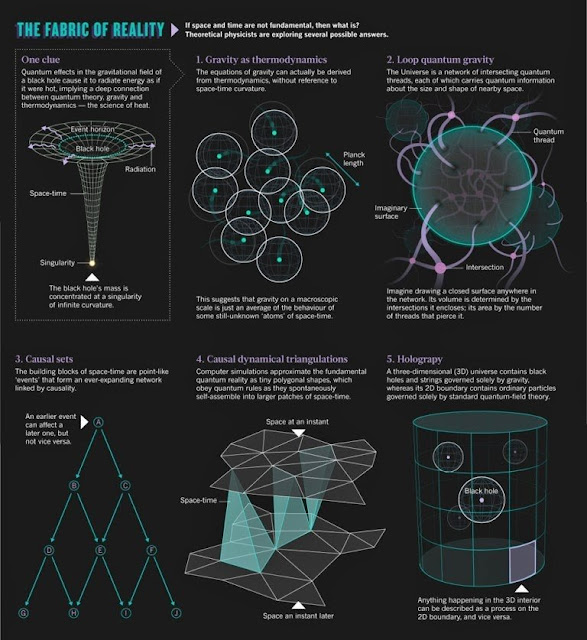The early universe
The early universe, lasting around 377,000 years. Initially, various kinds of subatomic particles are formed in stages. These particles include almost equal amounts of matter and antimatter, so most of it quickly annihilates, leaving a small excess of matter in the universe.
At about one second, neutrinos decouple; these neutrinos form the cosmic neutrino background. If primordial black holes exist, they are also formed at about one second of cosmic time. Composite subatomic particles emerge – including protonsand neutrons – and from about 3 minutes, conditions are suitable for nucleosynthesis: around 25% of the protons and all the neutrons fuse into heavier elements, mainly helium-4.
By 20 minutes, the universe is no longer hot enough for fusion, but far too hot for neutral atoms to exist or photons to travel far. It is therefore an opaqueplasma. At around 47,000 years,as the universe cools, its behavior begins to be dominated by matter rather than radiation.
At about 377,000 years, the universe finally becomes cool enough for neutral atoms to form ("recombination"), and as a result it also became transparent for the first time. The newly formed atoms – mainly hydrogen and helium with traces of lithium – quickly reach their lowest energy state (ground state) by releasing photons ("photon decoupling"), and these photons can still be detected today as the cosmic microwave background (CMB). This is currently the oldest observation we have of the universe.



Comments
Post a Comment